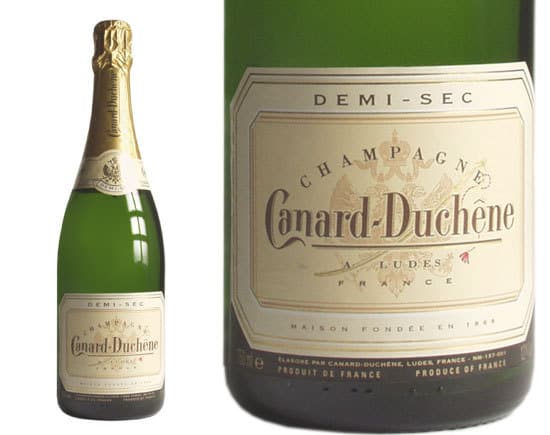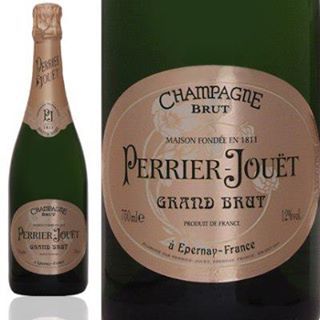
I was told by a friend that she wanted to plan a small reception for her mother’s 80th birthday; she wanted something very elegant. A Champagne Reception is ideal for this type of event. It is also perfect for small weddings or any other function, where the intention is to host a top notch classy event that has a small guest list. You will need three types of champagne:

‘Dry’ or ‘Extra Dry’ for cocktails If you are purchasing champagne to be served during the cocktail hour, select “Dry” or “Extra-Dry” because you want a touch of sweetness to open the appetite, but not too sweet so that the palate is dulled before the main course is served. There are some differences between white wine and the sparkling white wine popularly known as champagne. (Most countries routinely ignore France’s Champagne region’s sole claim to the Champagne title.) Please note that whereas white wine that is marked “Dry” is not sweet, champagne is the opposite. “Dry” on a champagne bottle means it has some sugar added.

‘Brut’ for the main course.
“Brut” is the most popular champagne purchased because most people buy champagne to be served as a toast before or after the main course. “Brut” on the label describes a champagne that is not sweet and ideal for use during the main course, as the taste does not clash with the various flavors in the meal.
‘Demi-Sec’ for the dessert course. Champagne to be served during dessert should be labeled “Sec” or “Demi-Sec,” as this is the sweetest form of champagne. The sugar content in this champagne complements fruit and other sweet desserts, in the same way that port or sherry is served at this time. Sec, or Demi-Sec champagne has a light, sweet taste, that complements the sweet taste of the dessert.

If your budget only affords white wine; serve a dry wine for the cocktail hour. Sweet wines should only be served after the main course, so that it does not overwhelm the taste of the meal.









